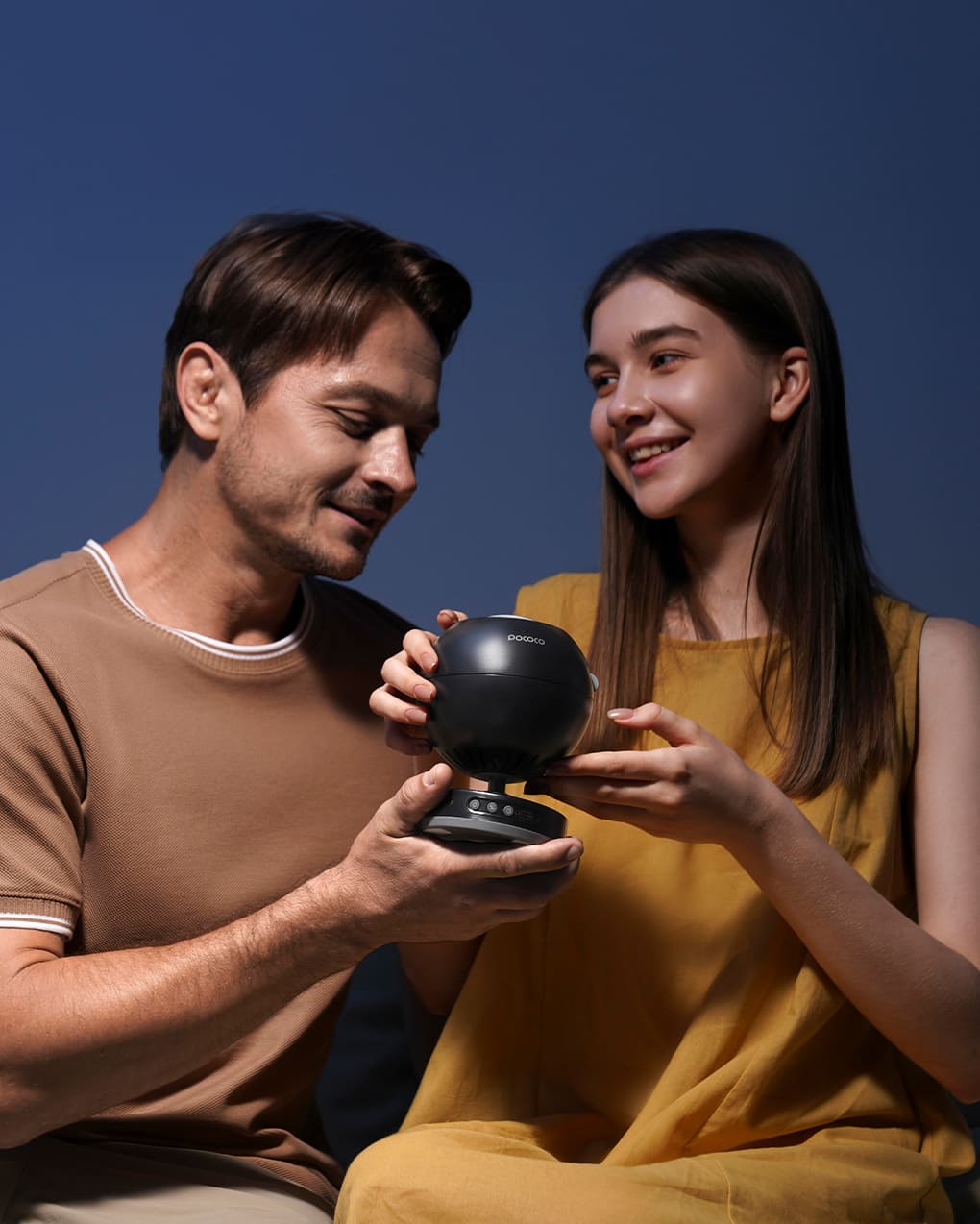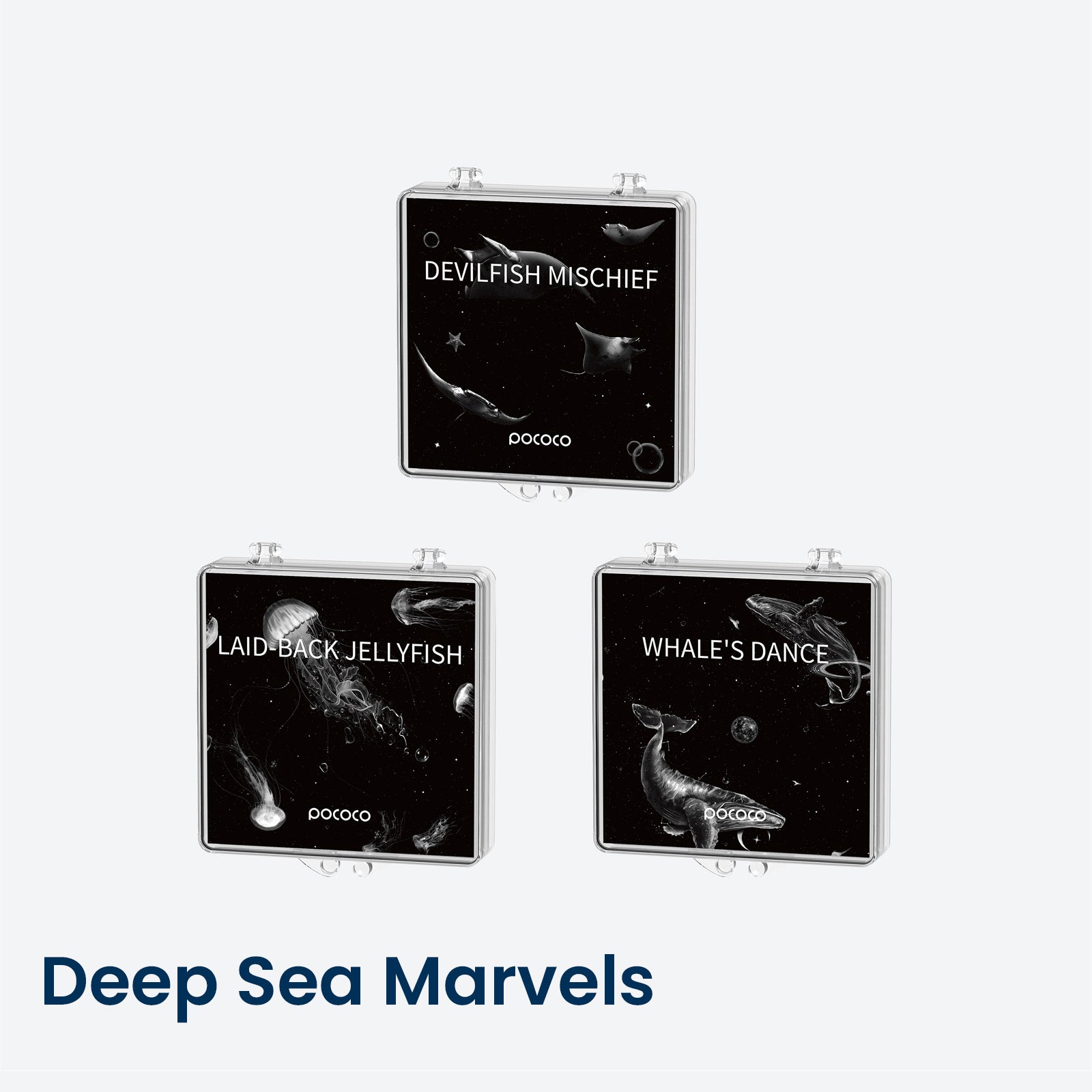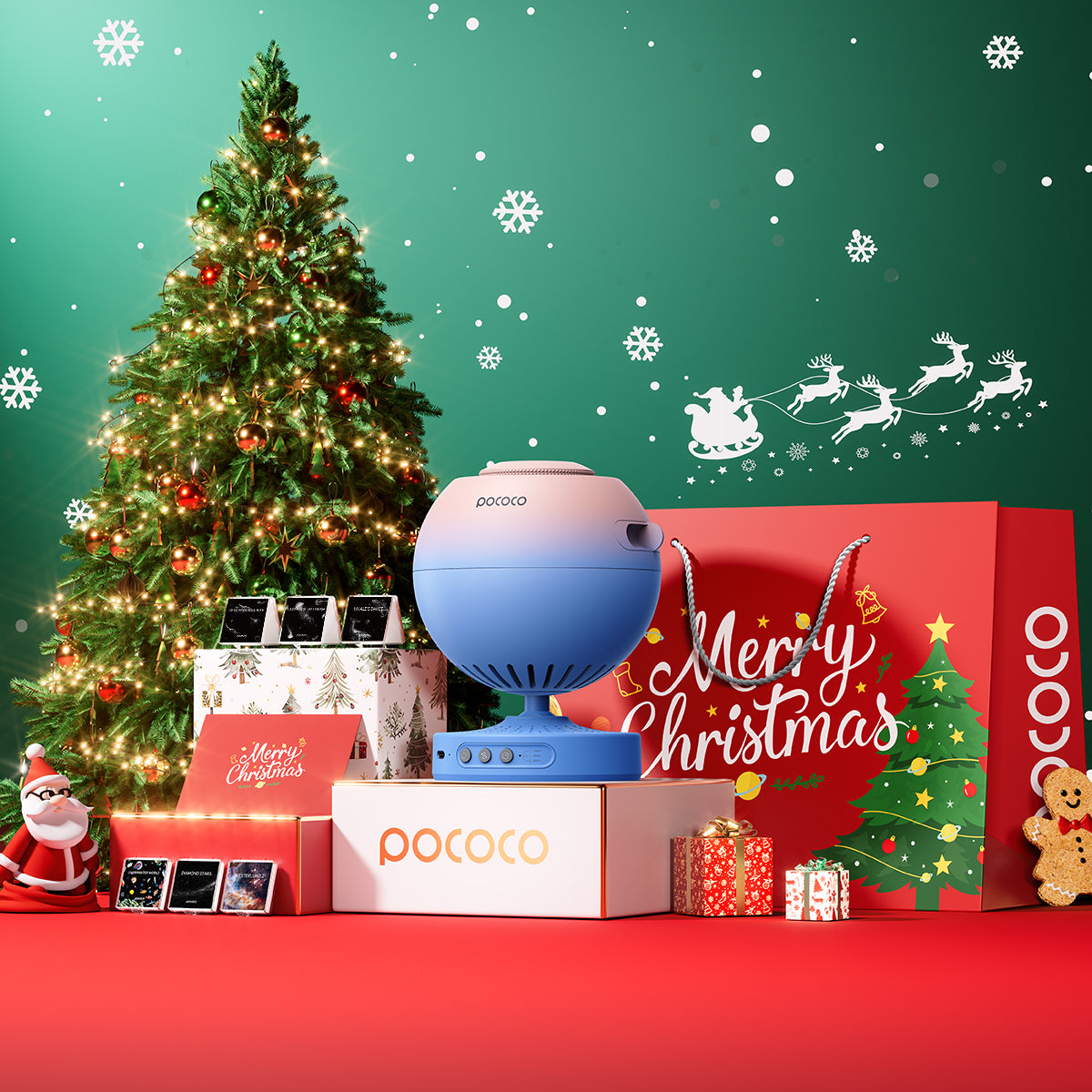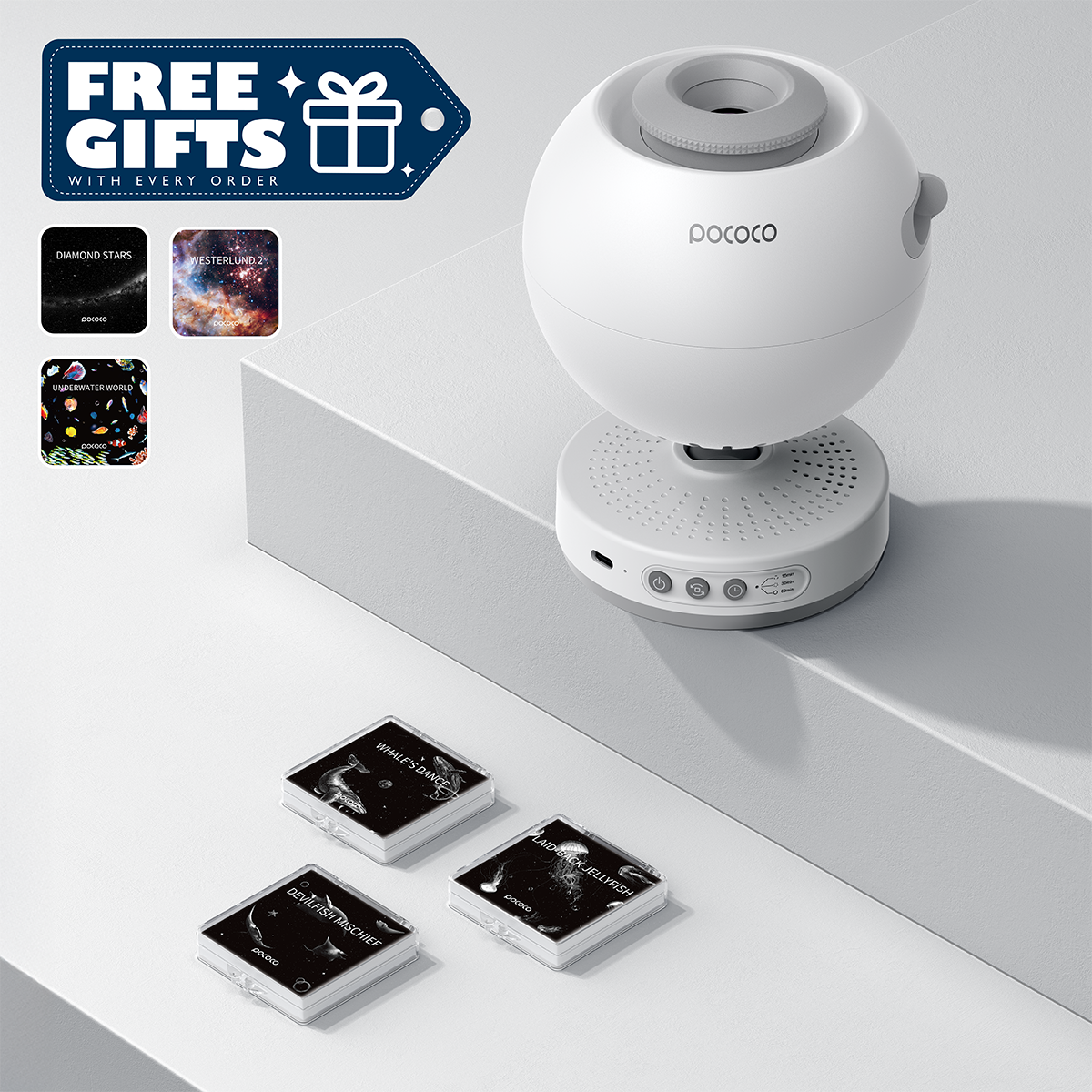When it comes to getting sound sleep, light and the temperature in your room matter the most. Obviously, it is impossible to control everything about your sleeping environment, but you can make some minor changes to relax and sleep better.
If you're active on social media, you might have heard about avoiding blue light before bedtime. There is solid evidence showing that sleeping in blue light reduces your sleep quality as well as the duration.
Just as it's important to avoid blue light at night, it's also valuable to understand which colors lights can help you sleep better.

Today we will learn how light plays a role in our sleep patterns, how can color lights help you sleep better, what color light is best for sleep, and what colors you should avoid at bedtime.
How Can Light Affect Our Sleep?
We have an internet biological clock called the circadian rhythm in our bodies. Light is closely connected to your body's internal clock, which tells you when to wake up and when to sleep.
When it's light out, the clock tells your brain to perk up, making you more alert. But when it's dark, it signals your brain to wind down and get sleepy.
One crucial thing affected by this cycle is melatonin, a hormone that helps us sleep. Light during the day stops melatonin production, keeping us awake. But melatonin levels go up when it gets dark at night, making us feel sleepy and ready for bed.

Initially, our internal clock used to be synchronized with the sun, but nowadays, many of us spend a lot of time indoors under artificial light, which can disturb our natural sleep signals.
How Do Color Lights Help You Sleep Better?
If you've had trouble sleeping, you know how much it can affect your mood, relationships, and overall health.
Using soothing colors in your lighting can do a bunch of good stuff for your sleep. It can boost your body's melatonin, help your muscles relax, and make you feel more awake when you get up.
But watch out: Even if a light looks red or amber, it might still sneak in some blue and green light, disturbing your sleep. So, it's wise to get your sleep-friendly lights from a trusted store.
What is the Best Light Color For Sleep? Red and Amber
Although most people prefer sleeping in the dark, some may need some light ON to sleep better.
So, at this point, you might be wondering the best light color for sleep.
Red Light For Sleep
You will probably be surprised that the best color light for sleep is red, like a calming, warm sunset.
Red light, especially an orange-sunset red, gives you warm, rich and highly calming vibes. This is the perfect nuance to stimulate the circadian rhythm because it reminds us of the natural sunset (time to go to bed without artificial lights).
Research studies discovered red is the best color light to help you sleep. A 2012 study involved twenty Chinese athletes to assess the efficacy of red light for sleep patterns. The study concluded that red light increases melatonin production in athletes and improves their sleep quality.
Amber Light For Sleep

Amber light is a softer, calmer version of red light. It's primarily yellow with a touch of red, making it gentler on the eyes.
Amber light is a bit like candlelight, known for its calming effect and ability to help you nod off quicker. Research shows that amber light might even make you feel happier.
Studies suggest that light in the warm amber range regulates melatonin levels, so your body can naturally make it to help you sleep.
Besides being calming, amber light has another cool trick—it blocks out blue light. Using amber bulbs in your bedroom and around your home can lower the amount of blue light your eyes soak up during the day. The great thing is that the amber light is bright enough for regular tasks.
Just swap out your regular light bulbs with amber ones, and you will shield yourself from harmful blue light and create a cozy, relaxing vibe throughout your home.
hat Light Colors You Should Avoid at Night?
By now, you might have already guessed it. Right?
The colors of light that are the worst for sleep are bright and cool ones like blue and green.
Bright colors imitate daylight, confusing your brain and body into thinking it is daytime. Unlike warm colors that can help you relax, cool colors signal to your body that it's time to wake up. Cool light keeps you alert and can make it hard to fall asleep if exposed to it at night.

Blue light is especially bad for sleep because it disturbs your body's internal clock. When you're exposed to blue light, it reduces the hormone melatonin, which helps you sleep. So, looking at screens like phones and computers at night tricks your body into thinking it's still daytime, making it harder to fall asleep and stay asleep.
Green light isn't as bad for sleep as blue light but reduces drowsiness by lowering melatonin levels. A 2016 study of mice suggests that green light can also disrupt melatonin levels, much like blue light does.
Even though green light is not as powerful as blue light, it's still a good idea to avoid it before bedtime to help you sleep better.
How to Create a Perfect Light Atmosphere For Sleep?
Here's how to set up a perfect sleep environment:
- Pick soft, sleep-friendly lights like Galaxy peojector.
- Say no to blue light from screens like TVs, phones, or tablets.
- Reduce noise with sound-absorbing fixtures.
- Use blackout shades to avoid any outside light.
- If you can't install big red-amber lights, use small lamps with warm colors on your nightstand.
Takeaway Message!

Having a good night's sleep and waking up without being super tired has become a dream nowadays. It may be because of the unnecessary installation of bright blue lights or the excessive use of electronic devices like phones or laptops.
Research has shown blue lights from phones and screens can disrupt our melatonin levels, reducing sleep quality.
Using warm red and amber lights at bedtime can improve your sleep quality and help you sleep better!














Leave a comment
All comments are moderated before being published.
This site is protected by hCaptcha and the hCaptcha Privacy Policy and Terms of Service apply.